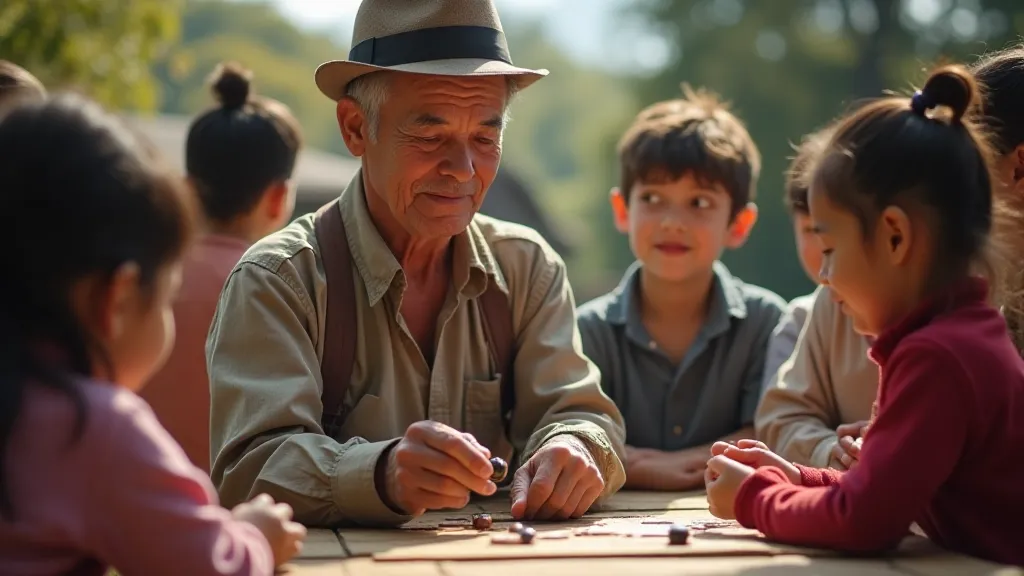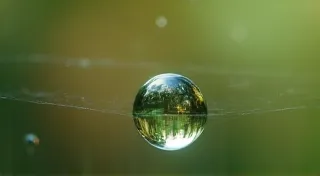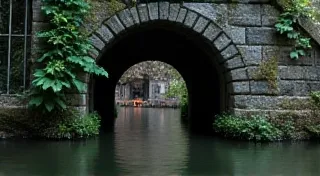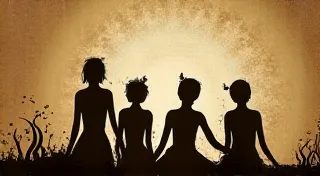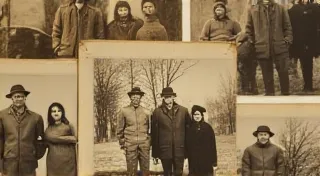The Broken Circle: Games Lost to Urbanization
The scent of damp earth and woodsmoke. The echo of laughter bouncing off ancient stone walls. These are the memories held within the simplest of pastimes – the traditional games that once defined communities across the world. They weren’t about trophies or rankings; they were about connection, skill honed through generations, and the shared joy of belonging. But a silent erosion has been taking place, a fading of the circle as urbanization and modernization relentlessly advance. These aren't just games disappearing; they're fragments of cultural memory, slowly drifting away.
I remember, as a child, visiting my grandmother in a small village nestled in the foothills of the Pyrenees. The days were long, and the digital world felt distant. Evenings were spent outdoors, illuminated by the warm glow of lanterns. And that’s when I’d witness it – the ritual of Bitlles, a form of lawn bowling played with stones. The stones themselves were marvels, each one carefully selected for weight, shape, and balance, often passed down through families. My grandfather would meticulously clean them, a quiet reverence in his movements, remembering his own grandfather showing him the same process. He spoke of the craftsmanship that went into finding the perfect stone, the patience required to master the throw. It wasn't just about winning; it was about honoring the tradition, maintaining the connection to those who came before. Now, that village is drastically smaller, with many houses abandoned, and the sounds of laughter around a game of Bitlles are increasingly rare.
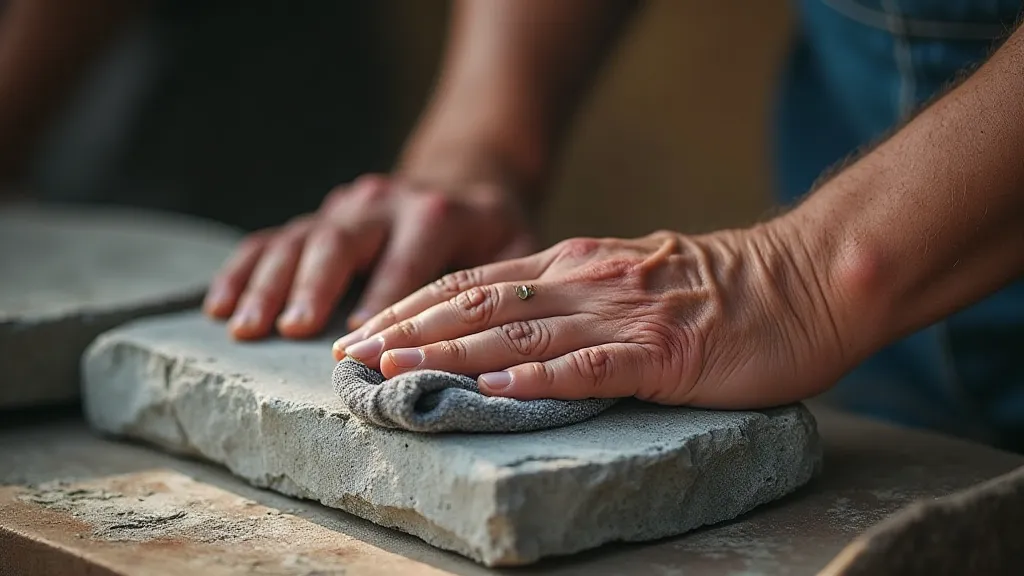
The Tapestry of Tradition
Traditional games, or folk games, aren’t random amusements. They are woven into the fabric of a culture, reflecting its values, its geography, and its history. Consider Kubb, a Swedish game often called Viking chess. Its origins are shrouded in mystery, but it’s believed to be rooted in ancient Viking military training exercises. The game’s strategic elements and the construction of the wooden targets – carefully carved and assembled – embody the values of precision, planning, and resourcefulness that were crucial for survival in a harsh landscape. Similarly, Sepak Takraw, a Southeast Asian sport combining elements of volleyball and football, showcases incredible athleticism and coordination, developed over centuries in rice paddies and courtyards.
In Ireland, Colf was once more popular than Gaelic football. Played with a curved stick, it involved hitting a small ball across a designated area – often a network of natural obstacles like streams and hills. It was a game of strategy, cunning, and a deep understanding of the local terrain. The tools themselves, the clubs, were often handcrafted, reflecting the individual skill of the maker and the needs of the player. Today, while efforts are being made to revive it, it’s a mere shadow of its former glory, overshadowed by the globalized game of soccer.
The loss of these games isn’t just about the disappearance of a pastime; it’s about the erosion of a tangible link to the past. It's akin to losing a family heirloom – a physical representation of shared history and identity. Imagine a meticulously restored antique accordion, its bellows whispering secrets of forgotten melodies, suddenly silenced by neglect. The skill of crafting such an instrument—the patient bending of metal, the careful selection of wood, the precise voicing of the reeds—represents a dedication to artistry and tradition. When that artistry is lost, a vital piece of culture vanishes with it.
The Urban Tide
The relentless march of urbanization is a primary culprit. As people migrate from rural areas to cities in search of economic opportunities, they leave behind their traditional ways of life. Children grow up surrounded by screens and structured activities, leaving little room for the spontaneous, community-driven games that once defined their ancestors' lives. The open fields and communal spaces where these games were played are replaced by concrete and steel, by apartment blocks and shopping malls.
Furthermore, the increasing emphasis on standardized education and competitive sports contributes to the decline. Traditional games often lack formal rules or organized leagues, making them less appealing to those seeking structured activities and external validation. The pressure to succeed in mainstream sports leaves little time or inclination to learn and participate in the games that hold the echoes of the past.
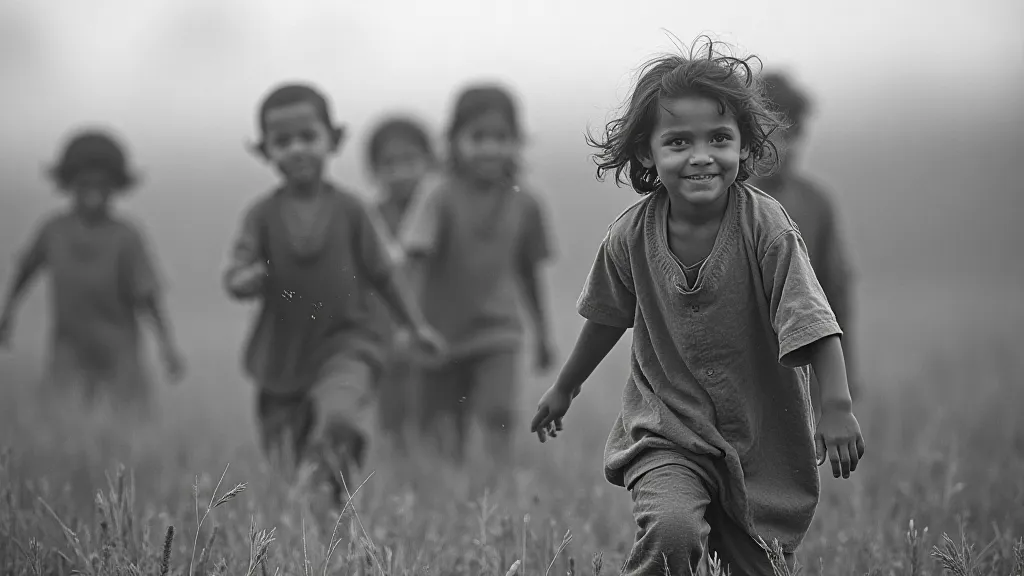
Echoes of the Past and Seeds of Revival
Despite the challenges, there is a growing awareness of the importance of preserving cultural heritage, including traditional games. Across the globe, communities are making efforts to revive these pastimes, recognizing their value in fostering social cohesion, promoting physical activity, and transmitting cultural knowledge to future generations.
These revival efforts often involve documenting the rules and history of the games, organizing workshops and demonstrations, and creating opportunities for younger generations to learn from elders. Sometimes, it’s as simple as a grandmother patiently teaching her grandchild the nuances of a local throwing game, ensuring that the tradition lives on.
The work involved in reviving these games—like the restoration of an antique accordion—requires meticulous attention to detail and a deep appreciation for the original craft. Finding authentic materials, understanding the historical context, and respecting the spirit of the game are all essential. It’s a labor of love, a commitment to preserving a vital piece of cultural identity.
Beyond Recreation: A Cultural Imperative
The preservation of traditional games is not merely about keeping a pastime alive; it’s about safeguarding a vital link to our collective history. It's about remembering who we are, where we come from, and the values that have shaped us. These games represent more than just rules and movements; they embody the spirit of community, resilience, and ingenuity.
The fading of the circle – the loss of these games – is a poignant reminder of the fragility of cultural heritage in a rapidly changing world. But through conscious effort, dedication, and a renewed appreciation for the traditions of the past, we can ensure that the echoes of these games continue to resonate for generations to come. We can rebuild the circle, one throw, one carve, one song at a time.
